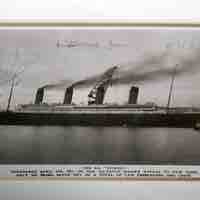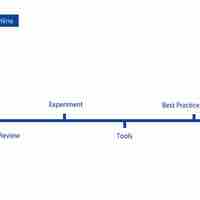Chapter 10
Organizing and Outlining the Speech
By Boundless

Good organization is the key to effective communication because it helps make your ideas accessible to your audience.

Learning how to think critically is a vital part of the organizational process of crafting an effective speech.

A speech should have four components: the main points, introduction, conclusion, and transitions.

The three main categories of speech are: informative, persuasive, and commemorative.

The process of creating an outline can help speechwriters organize their main points and evidence.

The needs, interests, and expertise of the audience should be the central consideration in choosing main points.

There are 9 different ways to organize your speech and the type of speech can help you decide which one is best to use.

If you want your audience to follow your main points, you should highlight them using visual and textual cues.

The introduction should convince the audience that your speech will be relevant and useful by providing a general overview of what's to come.

In order to win the audience's attention and interest, write a dynamite opening and then give a quick overview of your speech.

To establish credibility, public speakers should earn the audience's trust and respect by presenting themselves as authorities on the topic.

Provide an overview of your topic, thesis, and main points early on to show your listeners why they should be interested in your speech.

The conclusion of a speech functions as a summary of the most important points so that the audience can best remember them.

Summaries succinctly communicate lengthy ideas; your conclusion is the perfect place to summarize the main points of your speech.

Signaling the end of your speech and managing a Q&A session afterwards are crucial steps to leaving your audience satisfied and informed.

Transitions allow your audience to follow your presentation; they help maintain the flow of a speech.

Various types of transactions include: transitional phrases, internal previews, internal summaries, and signposts.

When using transitions, pair them with body language to make them even more effective.

Outlining is an important first step in speech-making; it allows you to ensure your speech flows smoothly and covers all your main points.

As its name suggests, a preparation outline helps you lay out the main topics and sub-points of your speech.

Speaking outlines help presenters with the timing, pacing, and overall delivery of the speech.

Rough draft outlines serve as a precursor to the speech's rough draft and help organize the speakers' ideas into a cohesive topic.